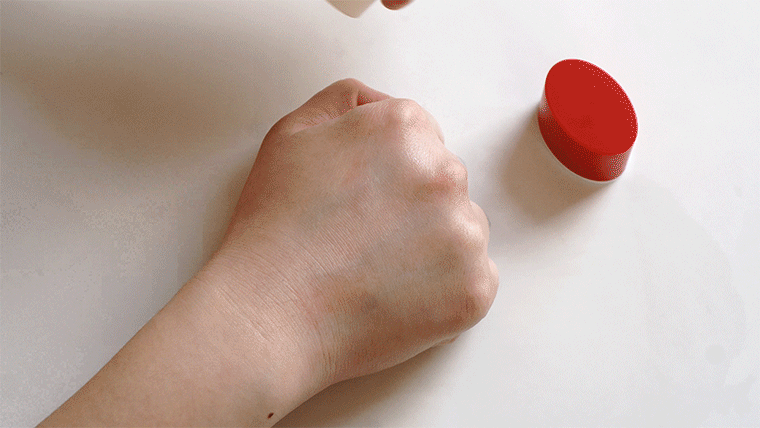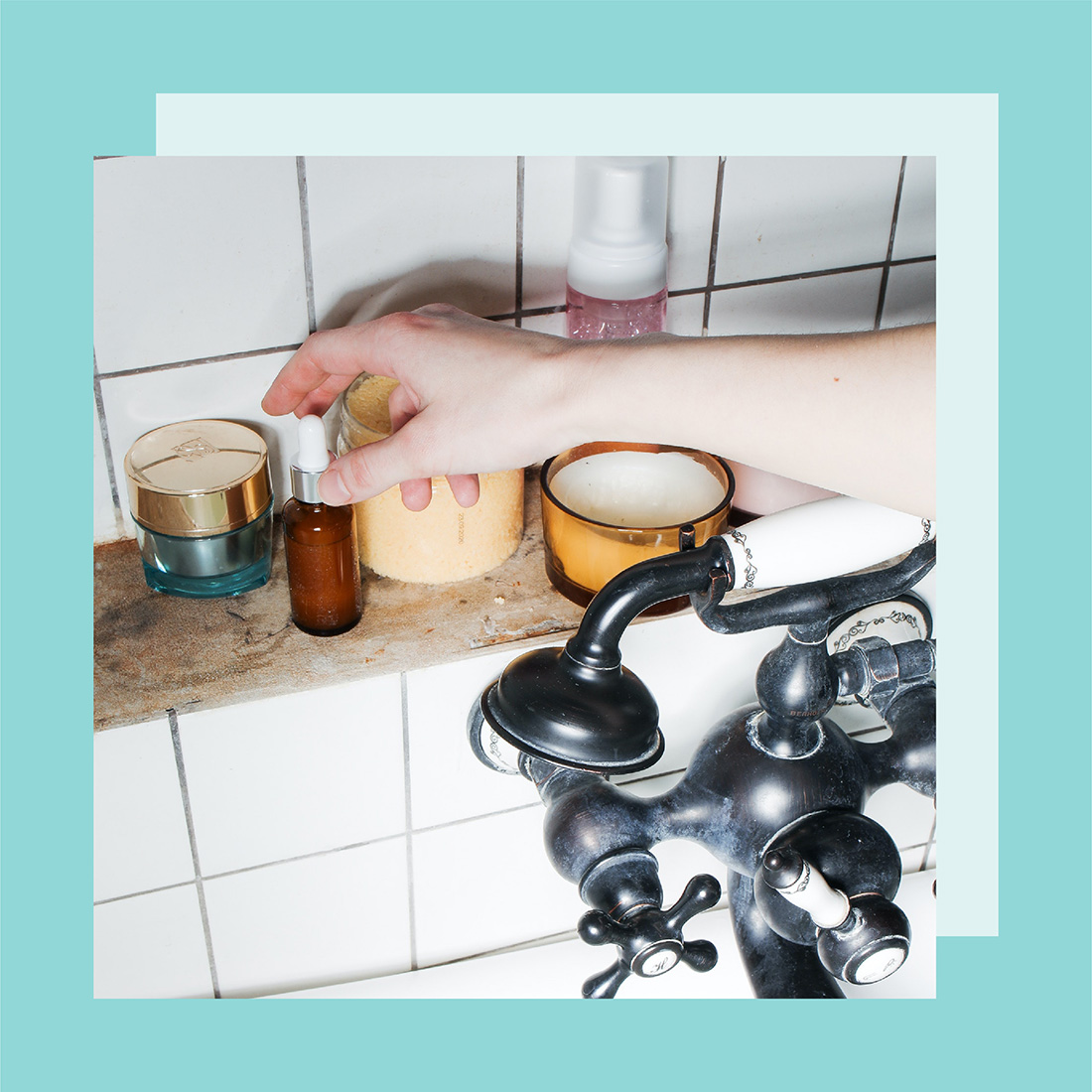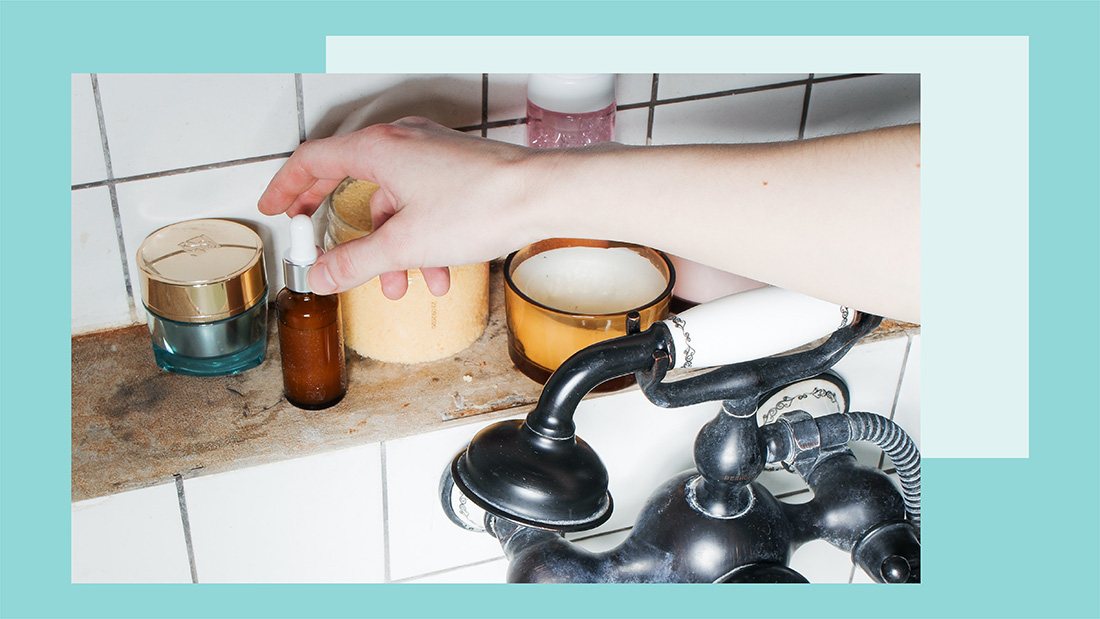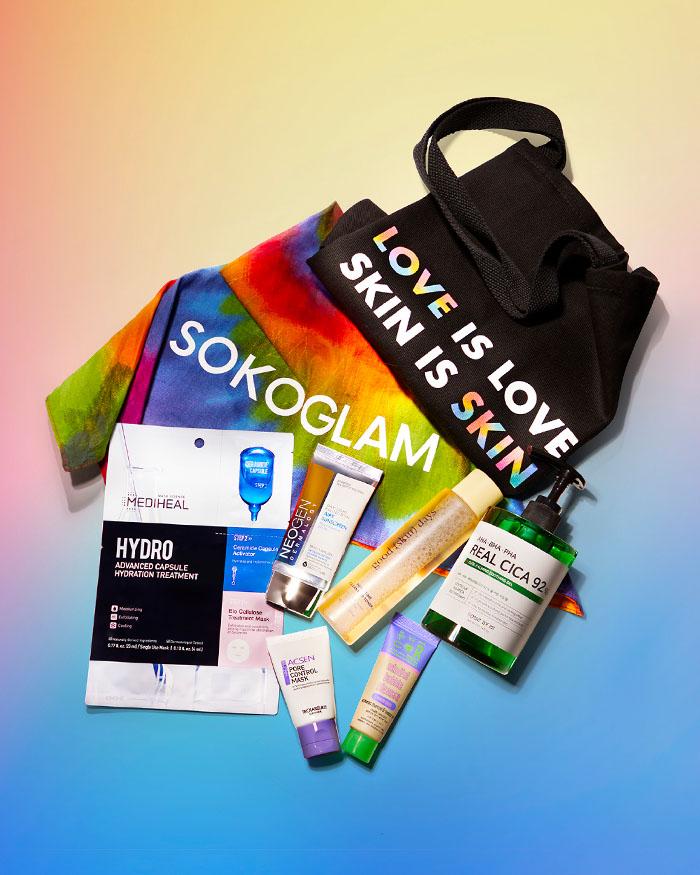SPF protection is important all times of the year. Read on to find out the truth behind popular sunscreen myths!
Sun protection is not so secretly the best anti-aging tactic, and a must-have in your year-round skin care routine. Even in the dark, more depressing months of winter sunscreen can be your best friend. Sun damage is not always visible and having the correct protection can save you wrinkles and sun spots down the road.
Growing up, my mom was always big on slathering her children in that nasty, goopy, oily white paste that made me really hate sunscreen. And let’s be honest, the sprays that eventually became popular when I was in my teens really weren’t much better since they feel like putting rubbing alcohol on your face that leave you with a weird flaky residue. But, we have to make friends with the weird oily stuff because it’s all in the name of sun protection right? Wrong.
Here are the biggest myths out there about sunscreen, and the truth behind them:
Myth #1: All sunscreen is oily and leaves a weird film on your face.
Let’s start but clearing this one up: This is false. Many Asian beauty sunscreens pride themselves in maximum protection with minimal visibility. They go on smooth and sink in to provide a protective layer against the sun, rather than some of the Western face sunscreens that are thick and difficult to spread. All of that tugging on your skin can actually create wrinkles. Most sunscreens in K-beauty are more like a milky essence or BB cream, which makes them more gentle on skin and easier to absorb.
Myth #2: You can’t get sun damage when it’s cloudy.
False! SPF should always be the final step of your morning routine, no matter the outside temperature or weather. UVA and UVB rays permeate cloud cover so even with an overcast day, you’ll want to keep your skin protected.
Myth #3: You can’t mix sunscreen brands or SPF values on your skin because it will leave you blotchy and it won’t be as effective.
Another one from the mom handbook, and something I had always wondered as I applied my SPF 30 BB cream under my SPF 50 cushion, which then went under my SPF 40 sunscreen. Dermatologist Annie Chiu says, “We typically don’t use enough sunscreen so if you have to use different brands, or types of sunscreen in order to reapply every 2 hours then go for it! Any sunscreen is great, you can layer different brands and SPFs. Just make sure they are 30 and higher.”
Myth #4: Powder SPF, such as a foundation, is not actually effective.
This one is a half myth, but still good to know that your powder SPF is in fact helping. It just might not be enough on its own. Chiu recommends that if you intend to use a powder but spend a lot of time directly in the sun, “consider these [powder sunscreens] to be additional protection. They are great for touch ups throughout the day but if you are in direct sunlight you should rely on a lotion rather than a powder. If you only have a powder, use a lot and make sure you have covered your whole face, sides and all.”

Myth #5: If you layer SPF 40 with SPF 15 it impacts the protective ability of the sunscreen.
Not really. You’re definitely not going to get SPF 55, since sunscreens don’t work additively like that. The important part to remember is that if you layer different SPFs, let them fully absorb before adding the next one. Sunscreens are tested and given their SPF number based on application to clean skin without anything on top of it. That’s why you want to make sure, if possible, make your sunscreen the last thing you put on to ensure it is working. Chiu adds to remember to “not using anything below SPF 30,” just to make sure you have adequate protection.
Myth #6: Chemical sunscreen needs direct sunlight to activate it.
Not true! Chemical sunscreens work without this, but do in fact break down over time due to exposure to direct sunlight, hence the need to reapply. Also when you apply sunscreen impacts its effectiveness. “All sunscreens should be the last thing you apply,” says Chiu. “Anything you put over it could dilute its effectiveness. If you must apply makeup over your sunscreen, wait a few minutes for the sunscreen to set and don’t rub and over blend. When you reapply, make sure you apply before you come in contact with sunlight.”
Myth #7: Chemical sunscreen is not good for your skin.
Whether you choose physical or chemical sunscreen is entirely up to you! Every person’s skin responds differently so you’ll want to do a test patch to see which is best for your skin. So don’t be afraid to try new sunscreens now and then.
Myth #8: Sunscreens with avobenzone are not compatible with makeup.
In fact it’s just the opposite. Chiu says, “Avobenzone works great with makeup. In fact, it needs makeup to allow it to become long lasting protection. You should look for products containing it assuming it works for your skin.” This is a great option for people who wear sunscreen in addition to a foundation or concealer. Just remember to make the sunscreen the last thing you put on your face to ensure full protection.
Bottom Line:
The most important thing to remember about sunscreen is that correct use makes all of the difference, and helps you fight signs of aging past, present, and future.
If you’re looking for a full kit, filled with protective ingredients and top-rated Neogen Day-Light Protection Airy Sunscreen, check out Soko Glam’s Love For All Set.
















